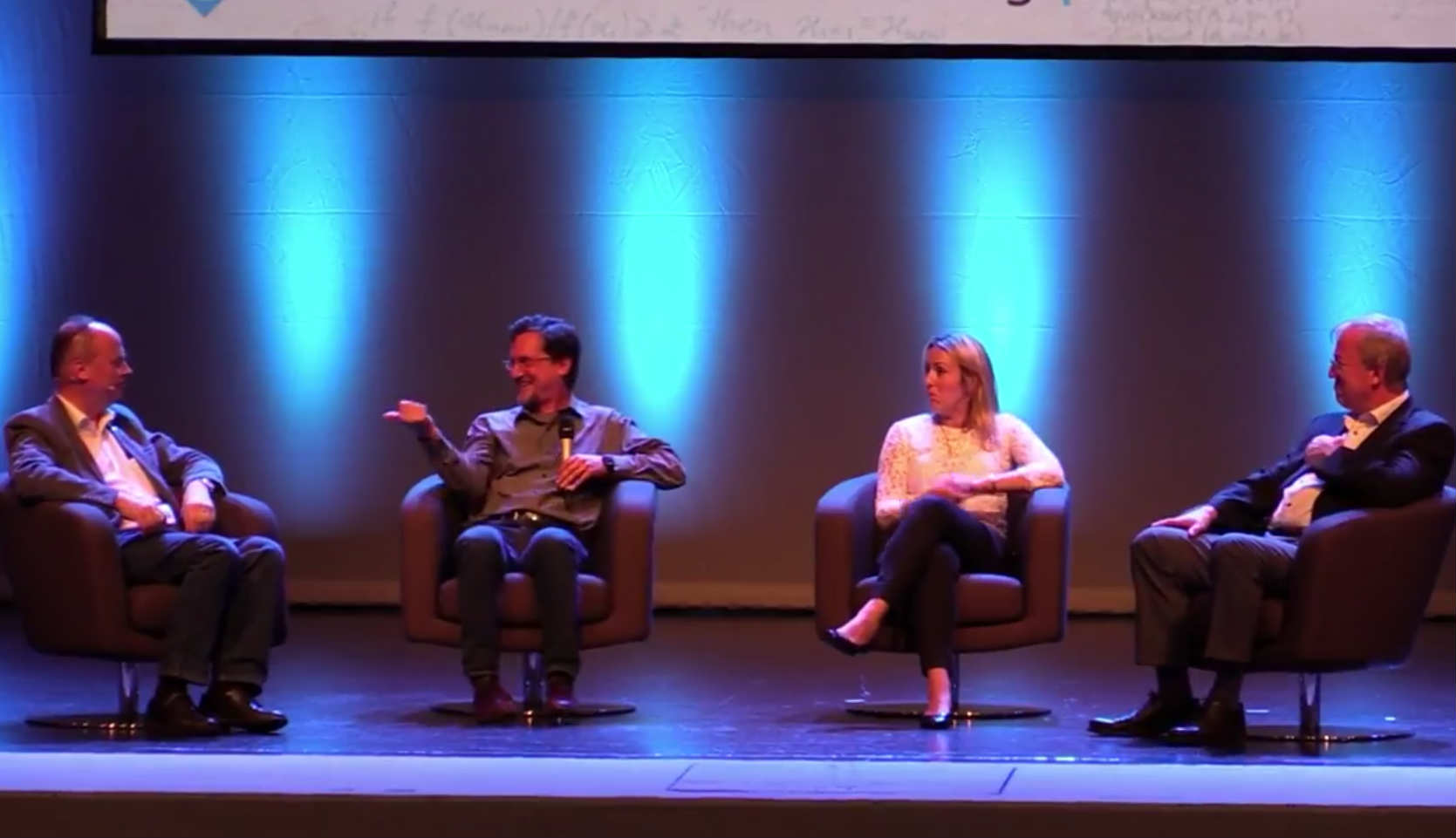 In this video from PASC17, John Shalf from LBNL moderates a panel discussion on Moore’s Law.
In this video from PASC17, John Shalf from LBNL moderates a panel discussion on Moore’s Law.
“By most accounts, we are nearing the limits of conventional photolithography processes. It will be challenging to continue to shrink feature sizes smaller than 5nm and still realize any performance improvement for digital electronics in silicon. At the current rate of development, the purported “End of Moore’s Law” will be reached in the middle to end of next decade. Shrinking the feature sizes of wires and transistors has been the driver for Moore’s Law for the past 5 decades, but what might lie beyond the end of current lithographic roadmaps and how will it affect computing as we know it? Moore’s Law is an economic theory after all, and any option that can make future computing more capable each new generation (by some measure) could continue Moore’s economic theory well into the future.”
The goal of this panel session is to communicate the options for extending computing beyond the end of our current silicon lithography roadmaps. The correct answers may be found in new ways to extend digital electronics efficiency or capability, or even new models of computation such as neuromorphic and quantum.
Panelists:
- Olga Ovchinnikova, ORNL
- Thomas Lippert, Forschungszentrum Jülich, Germany
- Karlheinz Meier (University of Heidelberg, Germany)




